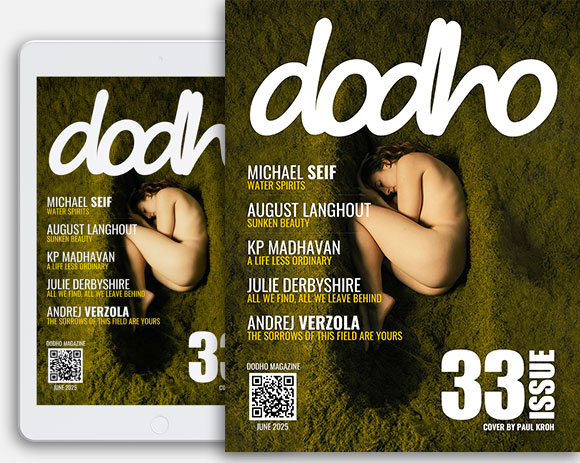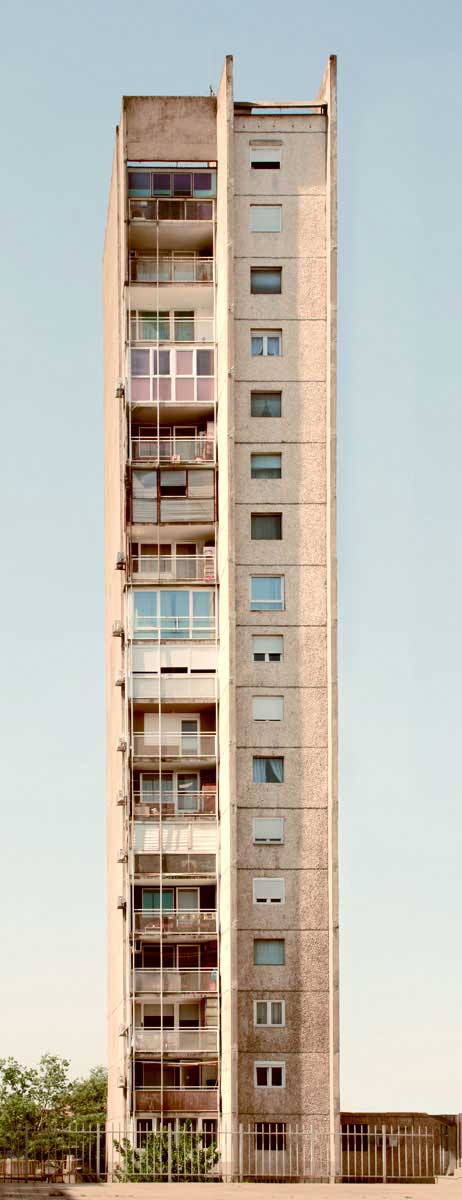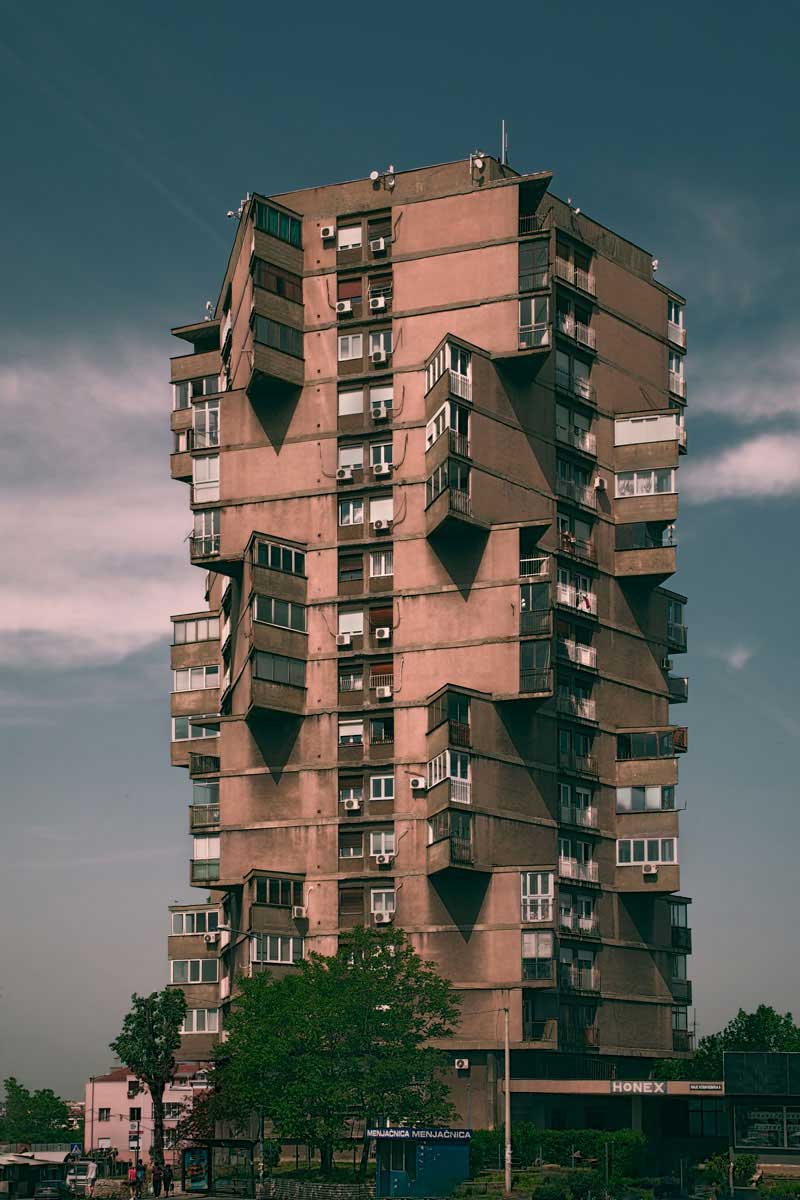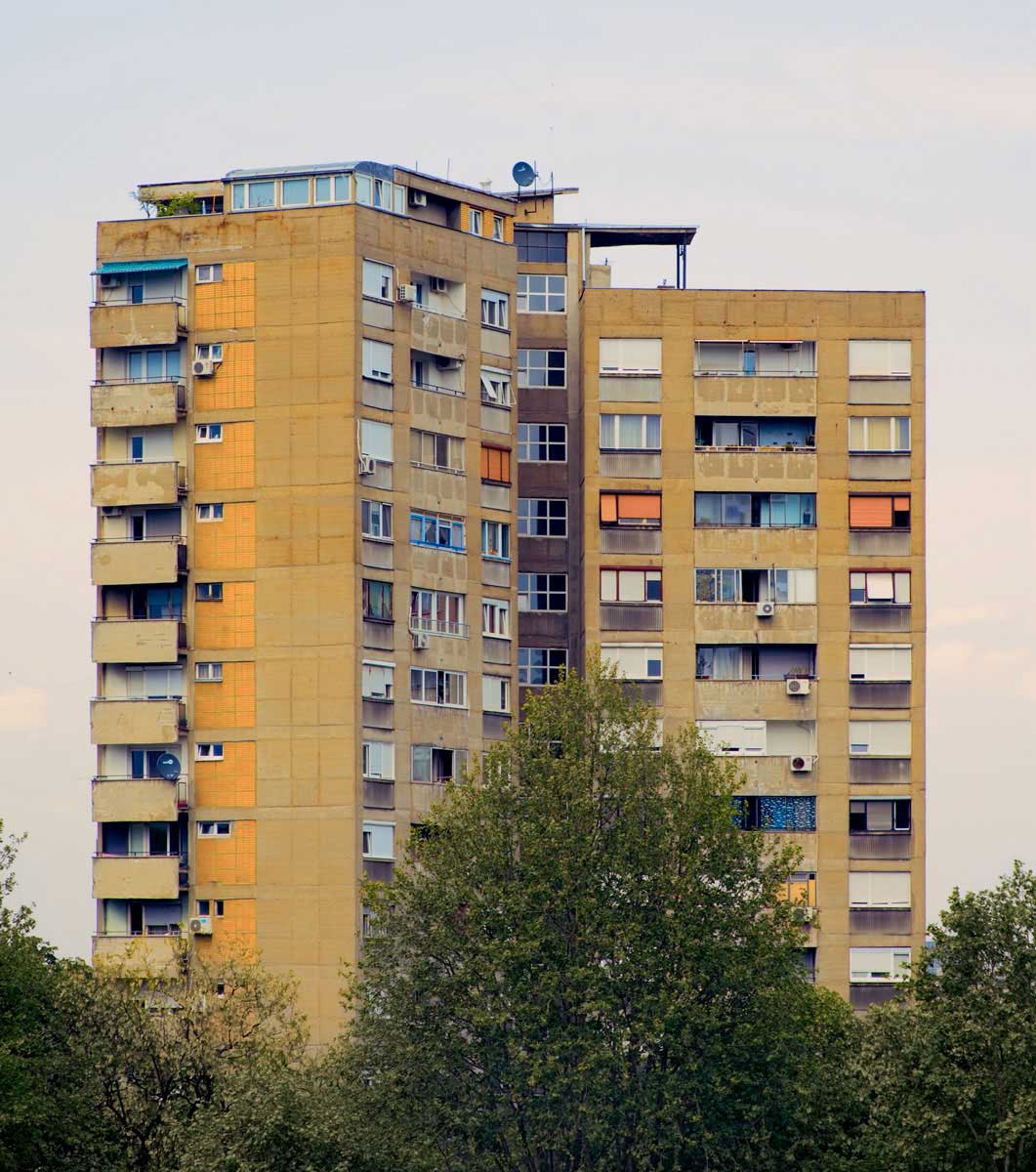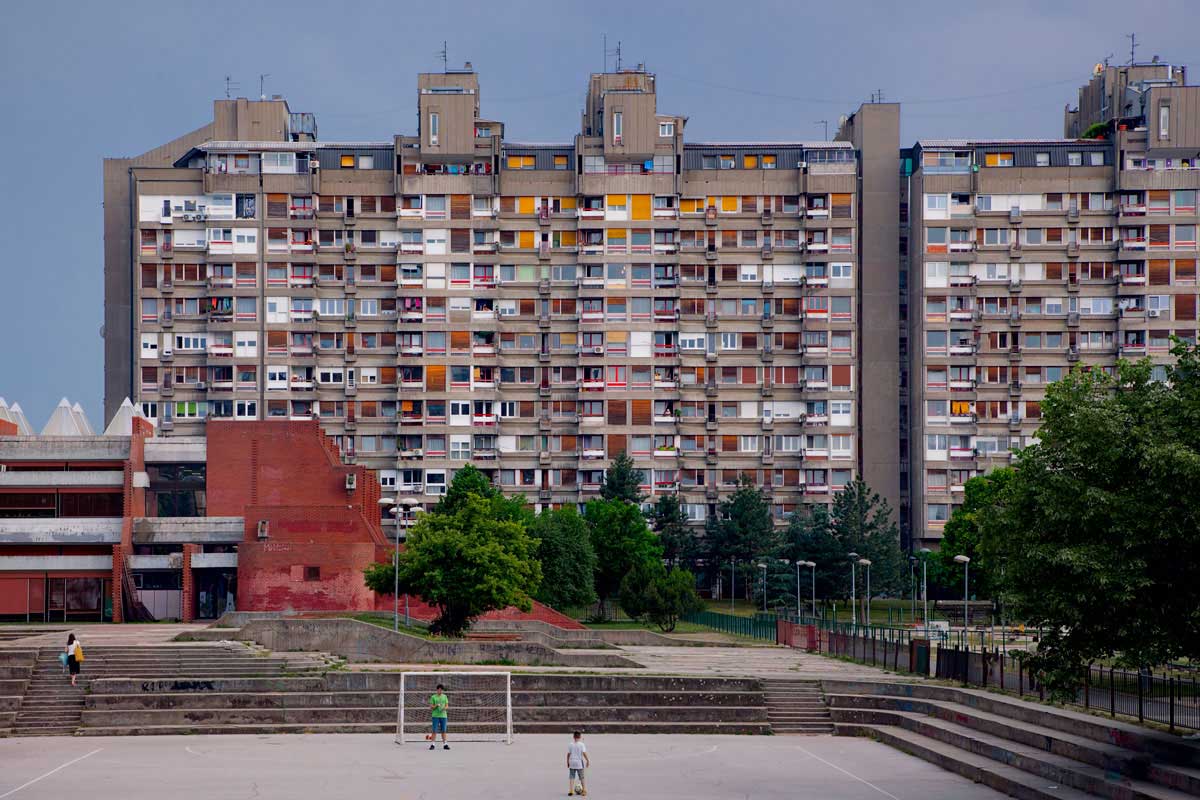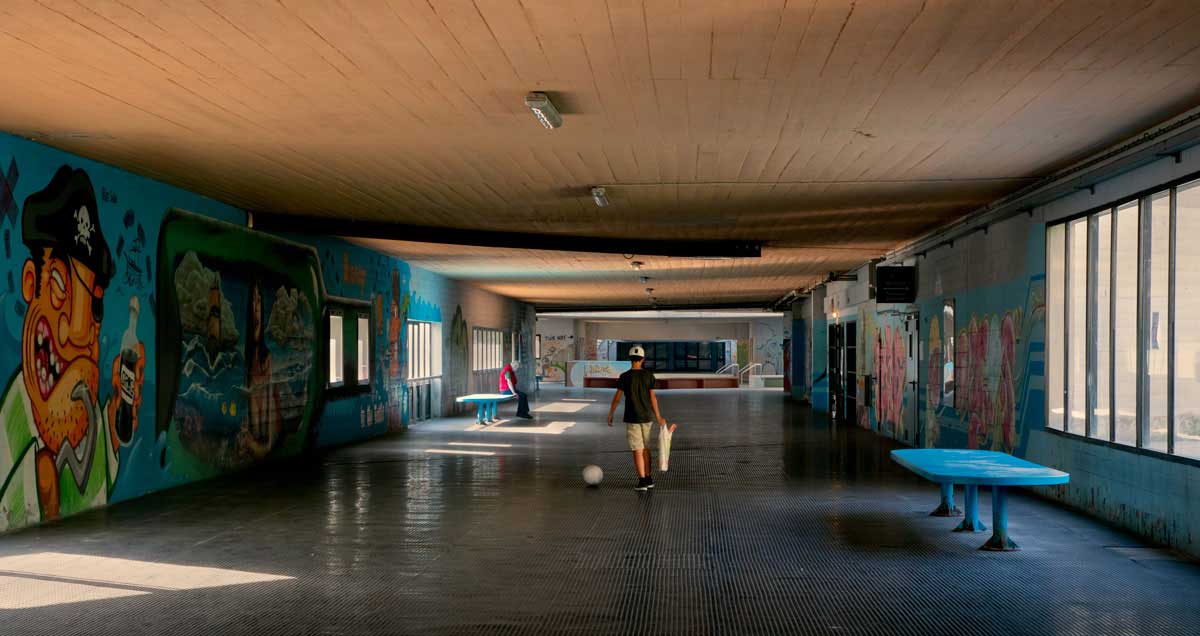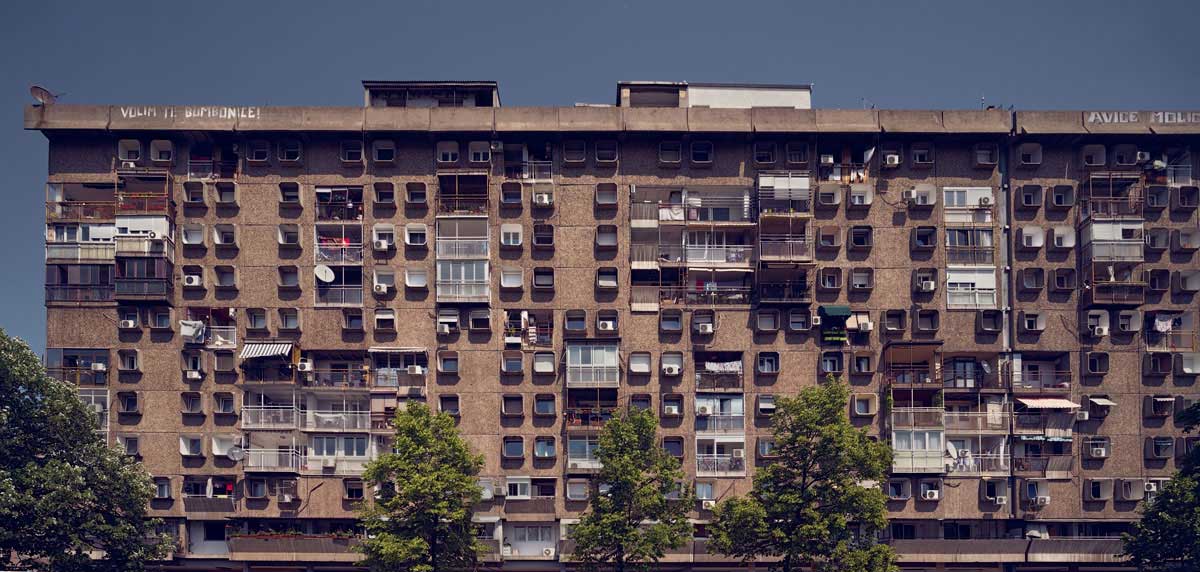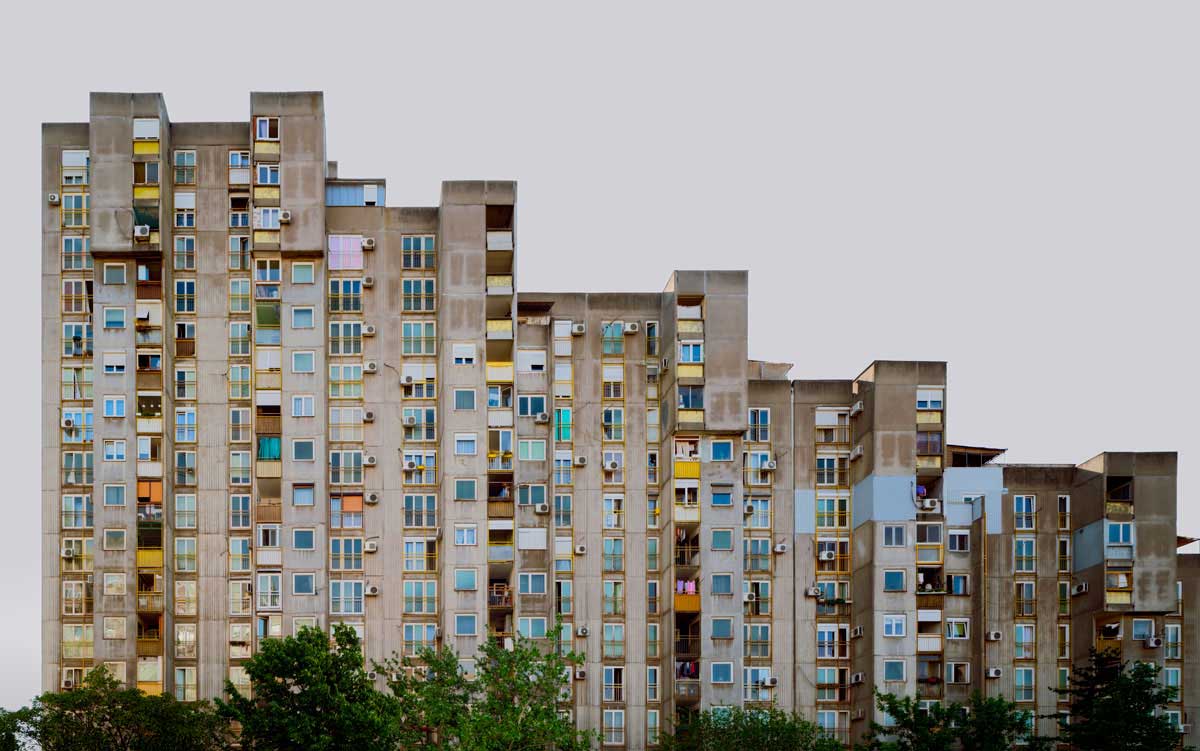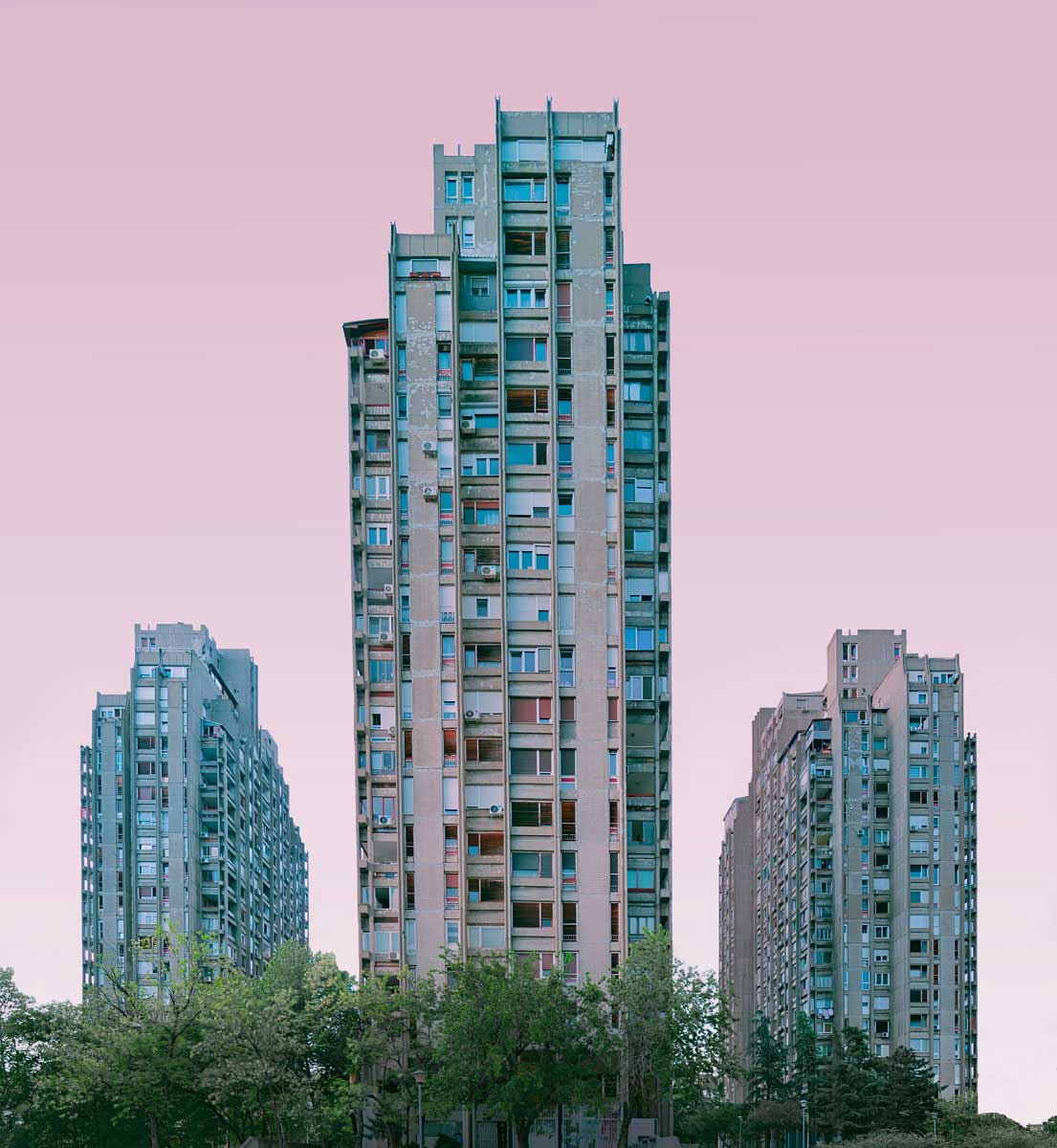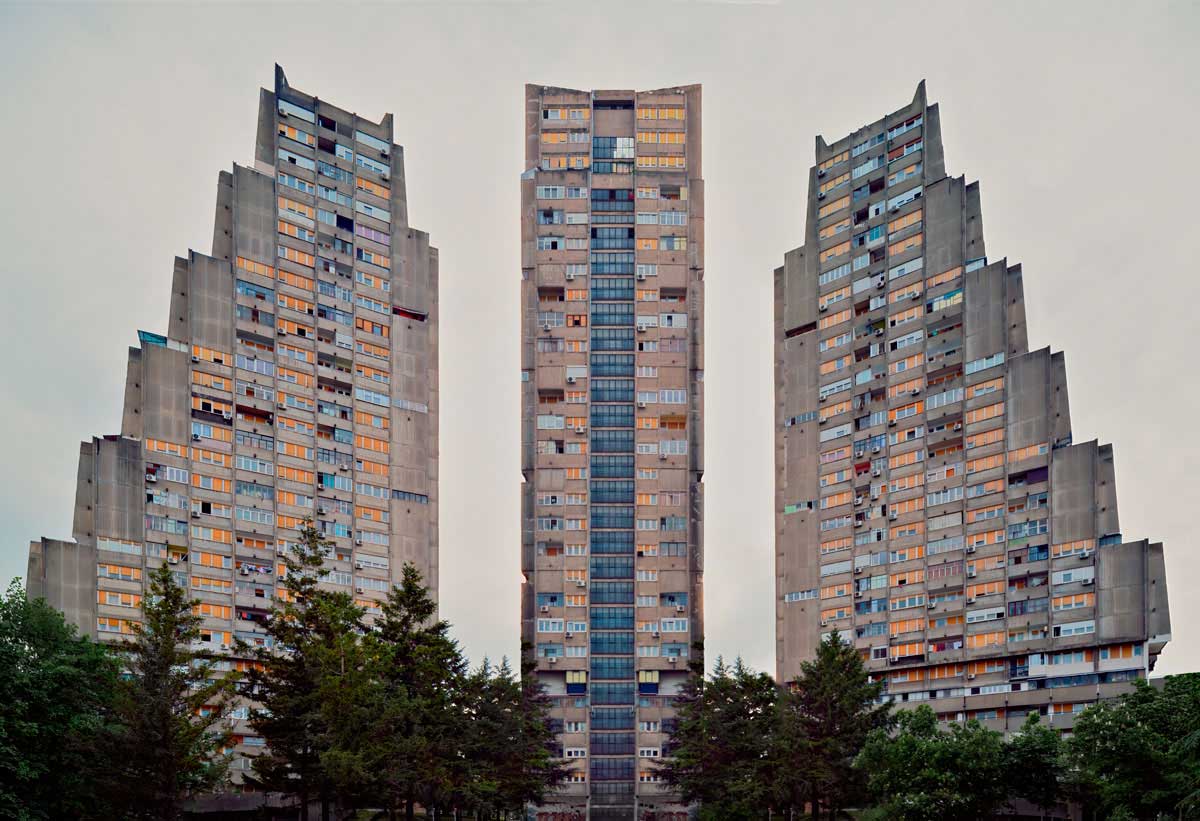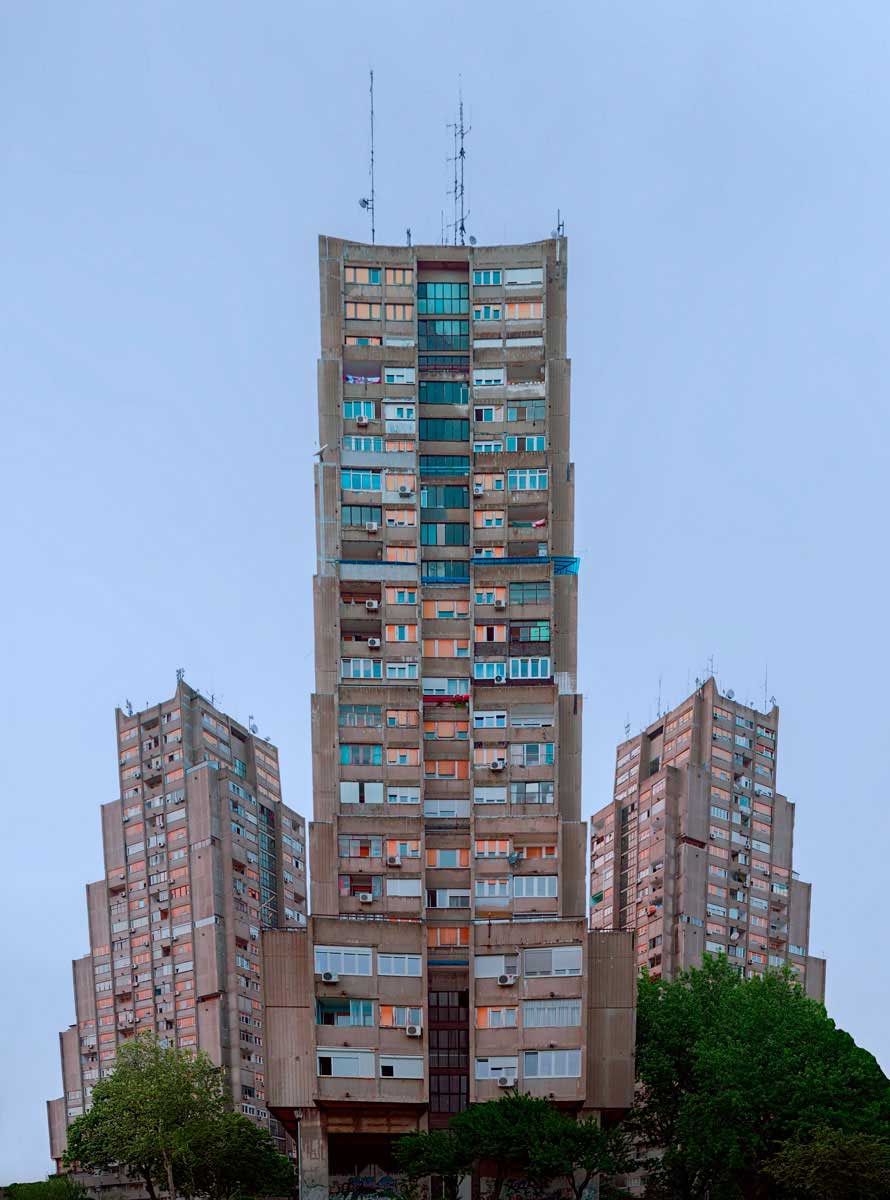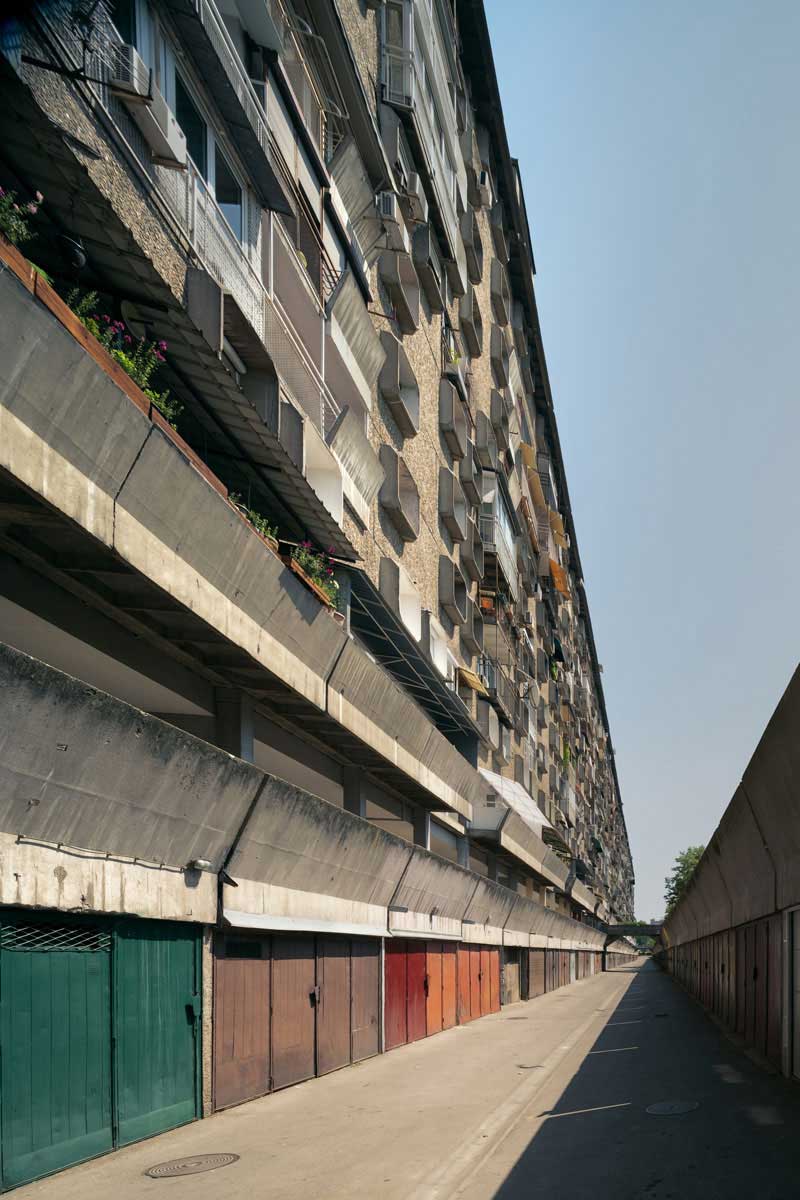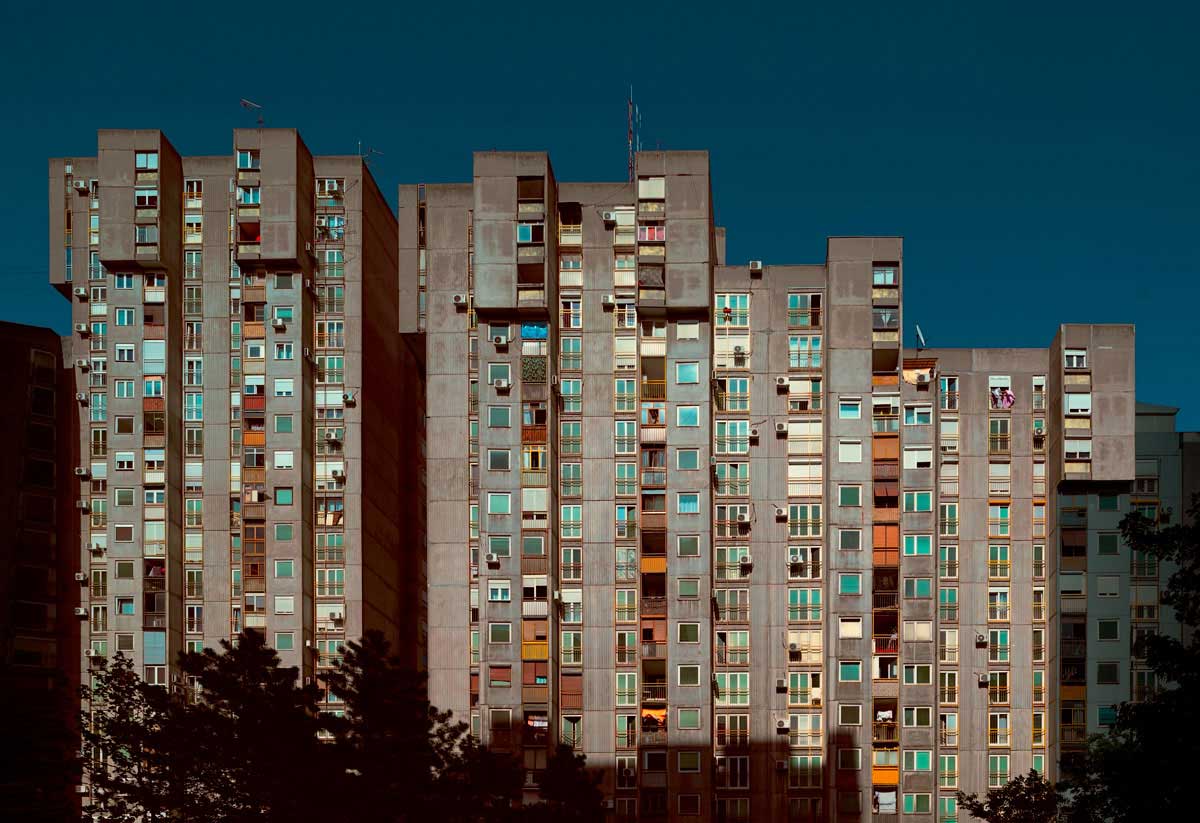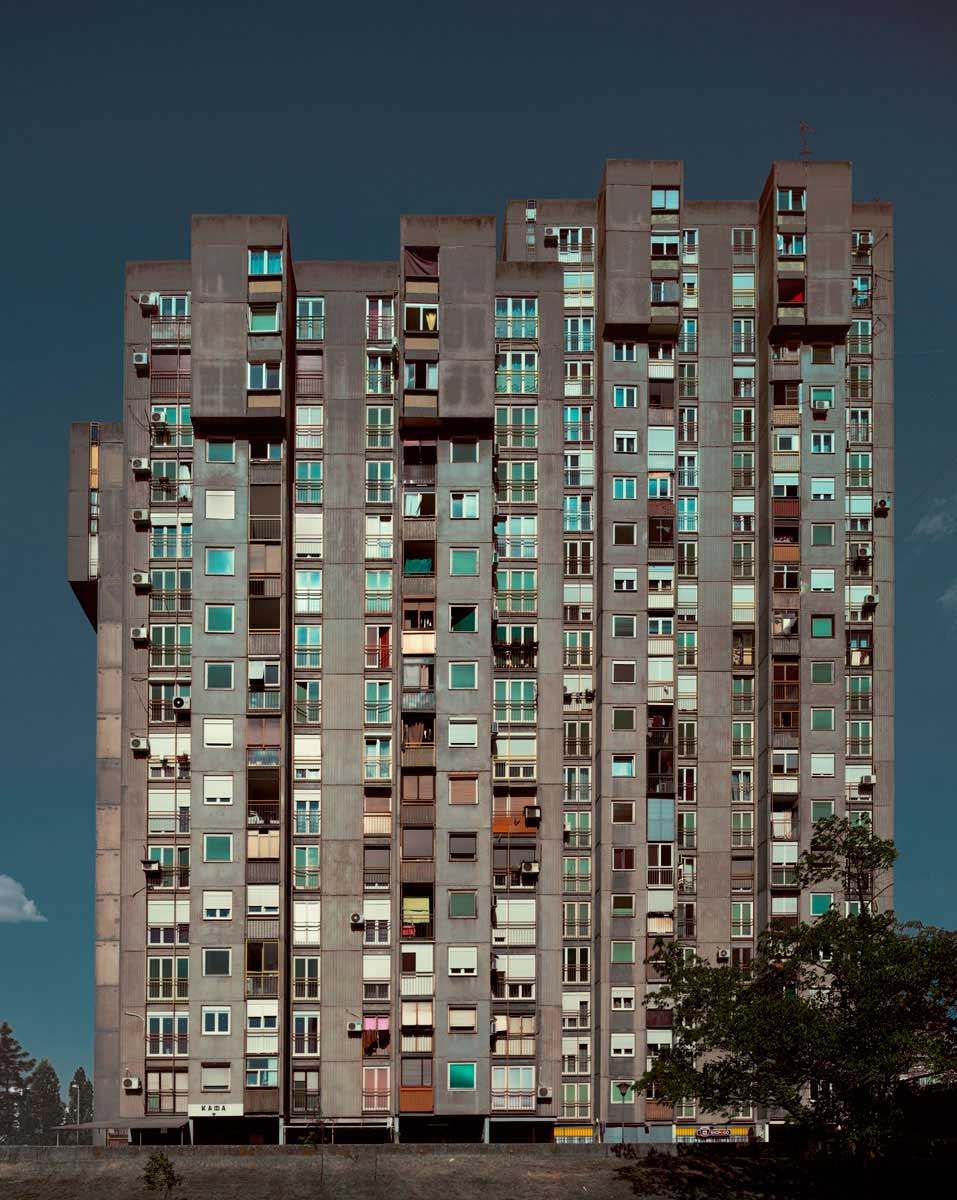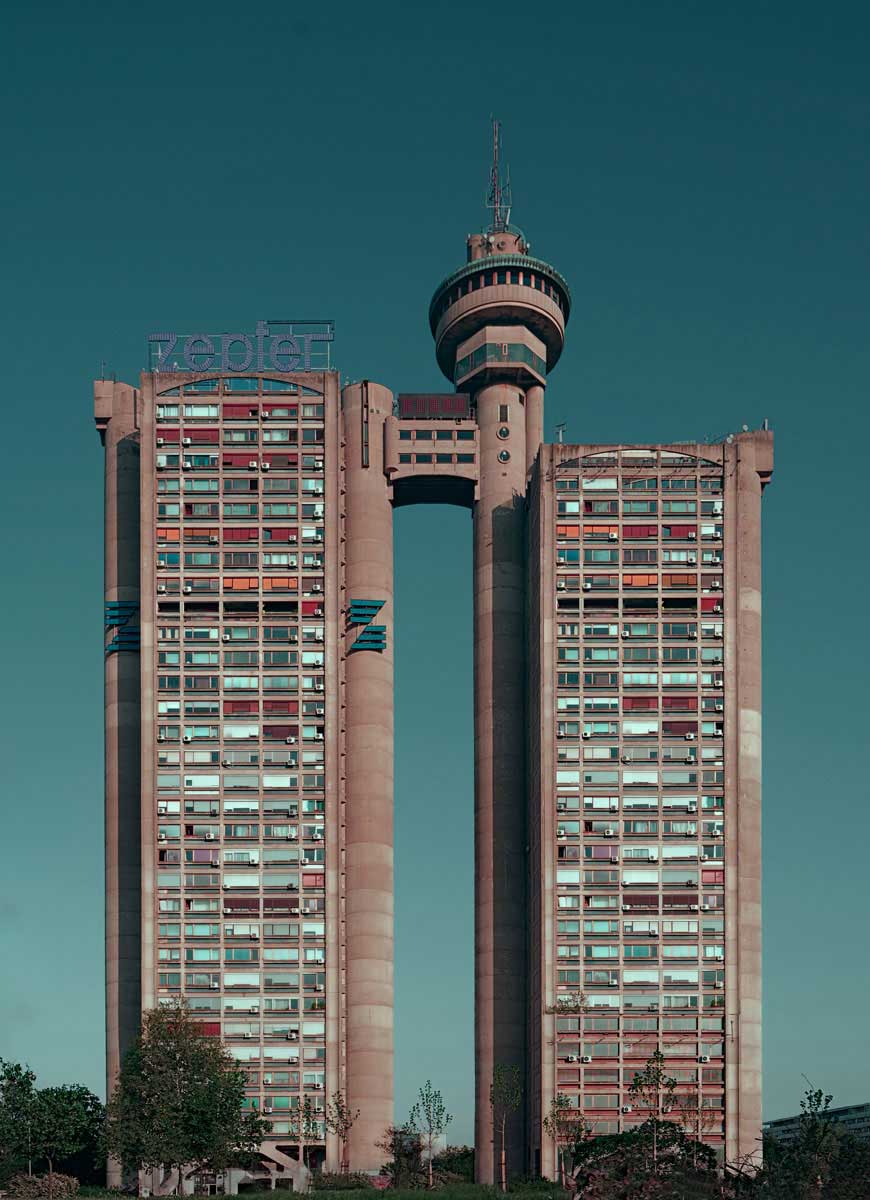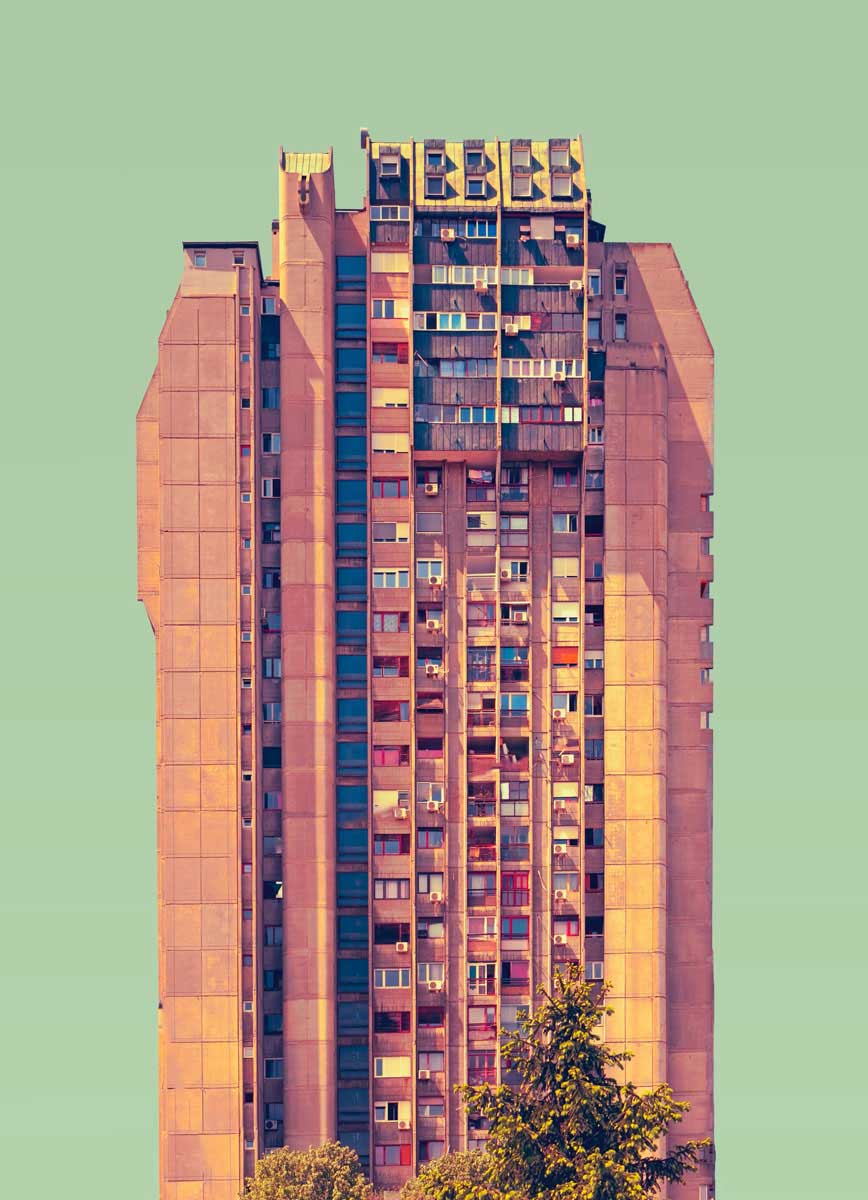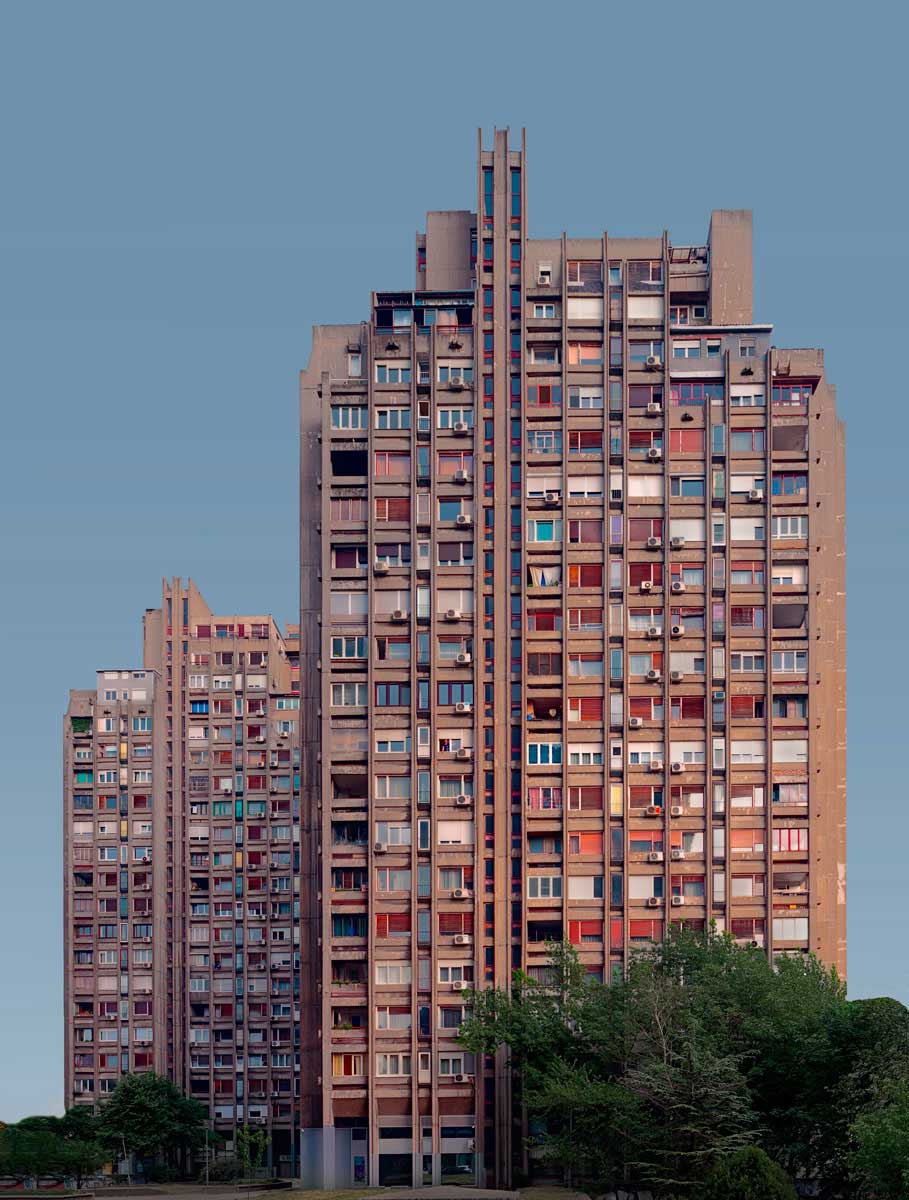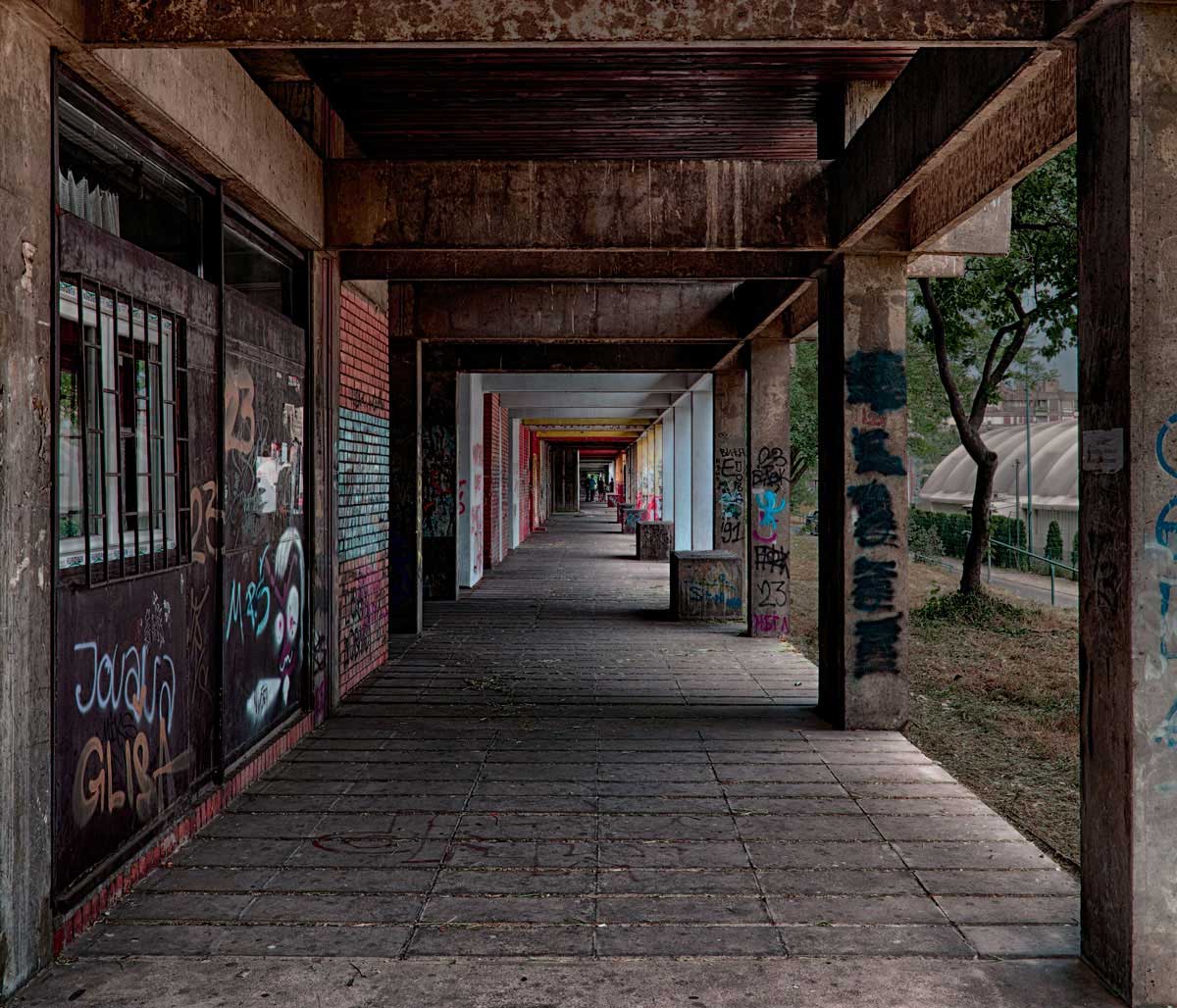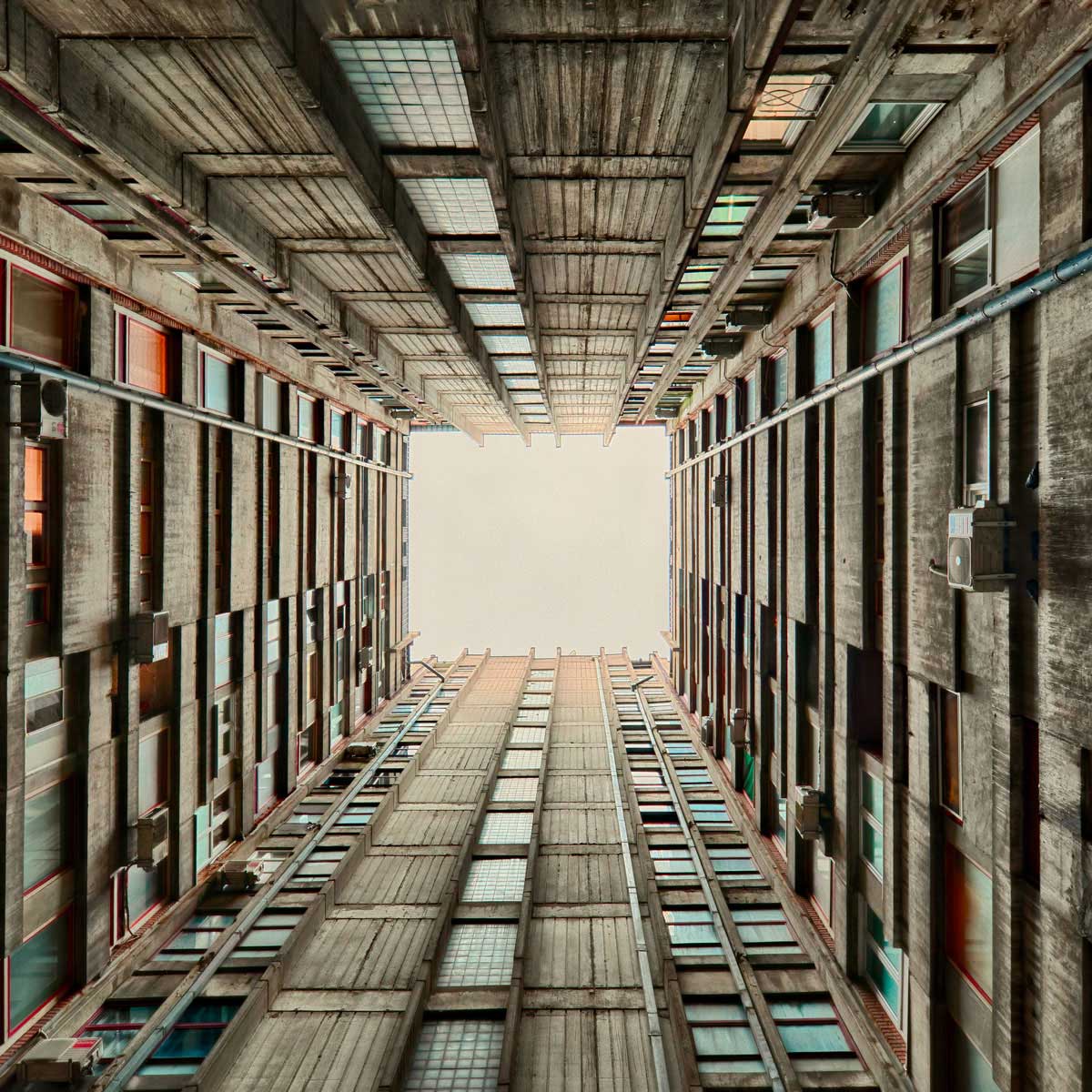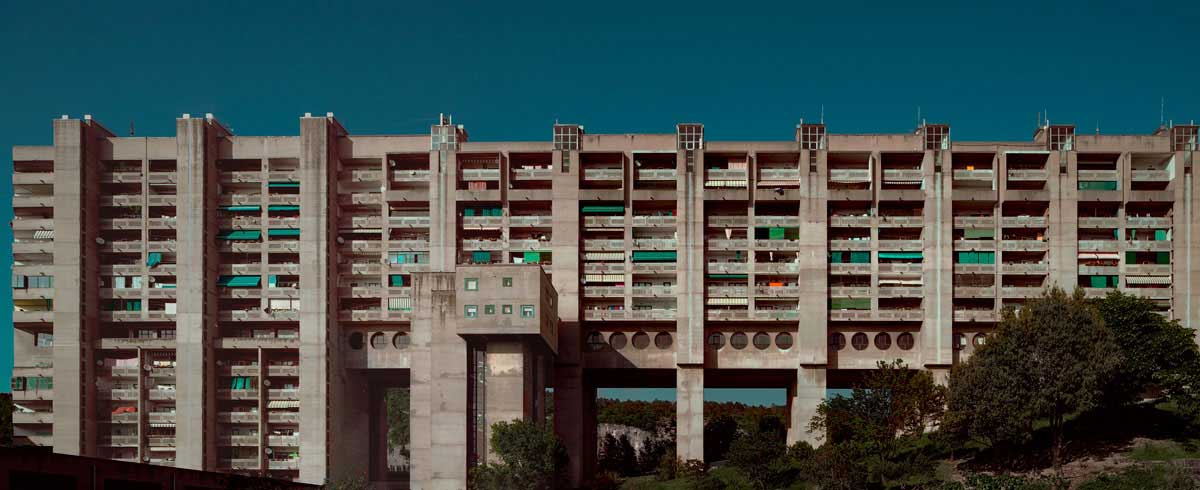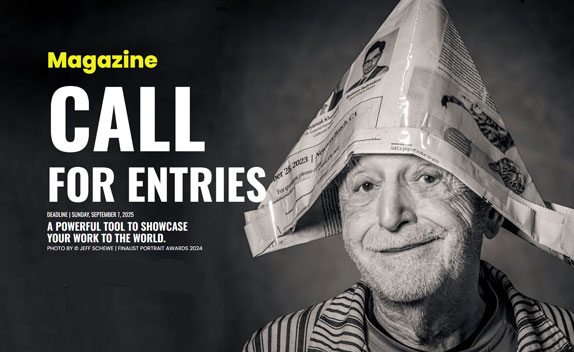For years I photographed only in black and white. Good black and white photography usually has an edge in term of depth and presence, but selectively applied colors contribute very much to the emotions.
I did not want to convey drama with these images but rather to give my own identity to these buildings, like in naïve paintings. Usually I have been trying to render the images in a way to make them appear potentially real, so the viewer could not understand what I did to them. With Blokovi, I wanted to unveil the abstraction. Walking around the blocks I realized that these buildings were backgrounds to various micro-worlds. Life had its full cycle within the blocks. I could see schools, playgrounds, shops, bars, restaurants, offices, funeral agencies and drug dealers. With Blokovi, I felt compelled to create “social architecture”. Many of my architecture black and white images include a human presence, which is not the main subject but can be spotted if carefully looked for. In Blokovi, I wanted to uncover the human element so I also included environmental frames. The past is gone, the future is not real, there is only present. In my images I try to squeeze the time as much as possible. These images do not stand individually, all together they make the final image. For years my main project has been about “spomenici”, monuments from former Yugoslavia and neighboring countries. While working on spomenici I came across several amazing brutalist buildings. The term “brutalism” comes from Le Corbusier’s definition of “beton brut”, concrete. Most of these images were taken in Belgrade, Serbia, with few exceptions. [Official Website]


